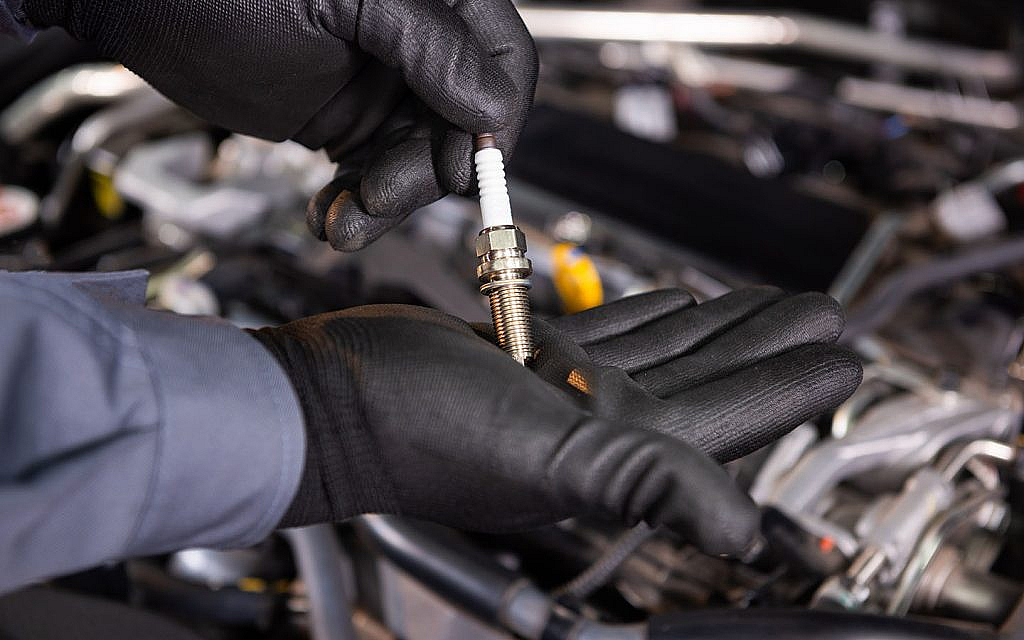When a car is stationary or in neutral, revving happens when the accelerator is pressed and the engine’s Revolutions Per Minute are increased. In most cases, drivers do this to warm up their engines and provide them with more fuel and air. However, when a car revs on its own when driving or standing still, it may indicate that auto parts are malfunctioning. While malfunctioning auto parts may not cause accidents, they can significantly damage vehicles. As a result, it is important to address the problem immediately when the car revs on its own.
To understand how to fix a car that keeps revving on its own while driving or stationary, let’s first understand how it works.
Why Car Revving on Its Own: Reasons To Know

The right way to rev your car prevents many problems, such as carbon buildup and misfires in the engine. Nevertheless, involuntary revving of a car indicates a faulty engine part. Below are some of the reasons why it might occur, including defective auto parts and manufacturing issues.
Faulty Spark Plug
Providing the spark to ignite the air and fuel mixture in the combustion chamber, the spark plug plays an important role in the ignition system of a vehicle. When a spark plug fails, the car may have trouble starting, accelerate uncontrollably, and misfire, causing it to rev on its own, either while stationary or while driving.
Bad Idle Speed Control Valve
Engine idle speed is controlled by the idle speed control valve or idle speed control system. As a result of the idle system, the vehicle idles smoothly and consistently.
It is possible for stationary vehicles to accelerate and rev autonomously if dirt and grime accumulate on the idle air control valve. Deterioration of the idle control valve can also cause this problem.
Malfunctioning MAF Sensor
Intake manifold and air filter are connected by a Mass Air Flow (MAF) sensor. Using the sensor, the combustion chamber can control how much and how fast air enters. When the MAF sensor malfunctions, airflow disruption results in rough idling, excessive acceleration, and the car revving on its own.
Obstructed Throttle Body
Cars can rev on their own when faulty throttle bodies are present, whether they are in motion or stationary. When you press the accelerator pedal, the throttle body opens and stores air. Its efficiency can be reduced by wear and tear, resulting in disrupted openings and closings. The throttle body should be cleaned promptly to avoid hassles later on.
Defective Fuel Injector
When a fuel injector fails, too much fuel enters the chamber, resulting in a revving autonomous car. When a fuel injector malfunctions, excess or insufficient fuel is overflowing into the chamber, causing the car to rev, over-accelerate, and stall.
Clogged Air Filter
All impurities in the air are removed from it before it reaches the combustion chamber by the engine air filter. Periodically changing the air filter will prevent impurities from clogging the filter and disrupting the airflow. ECUs increase throttle opening to compensate for disrupted airflow, causing cars to rev spontaneously.
There is no need for professional assistance when changing an air filter at home.
Read: 7EA Engine Code
Read: Low Washer Fluid Light Won’t Turn Off
How to Fix a Car Engine Revving on Its Own

Identification of the malfunctioning part is necessary to fix an engine that revs on its own while driving or stationary. Check the illuminated engine light on the instrument cluster to identify the culprit. Using an OBD Scanner can also help determine which part is faulty that is leading to the car revving.
The malfunctioning part should be replaced by a professional if it is difficult to replace. Other than that, drivers should follow the following tips to avoid car revving.
Read: Drive Carefully Systems Initializing Honda Civic
Read: Dodge 3.6L Firing Order
Read: How to Reset Transfer Case Control Module?
FAQs
When my car is stationary or driving, why does it rev on its own?
Cars that rev on their own often have something wrong with them, such as a leaking fuel injector, a clogged air filter, or a faulty throttle body.
Is the car engine revving badly?
Yes, performing it when the engine is cold is bad. The car engine should be allowed to warm up properly before being revved.
What happens when I rev my car?
By revving the engine, fluid is forced into every corner, the engine warms up and the exhaust creates a loud noise.
Conclusion
During driving or while stationary, a car may rev on its own for any of the reasons listed above. It is possible to replace an auto part that is faulty if you hear the engine revving. However, if the issue persists, it might be the result of a major malfunction in the vehicle. It is better to switch to another vehicle than to fix the issue and spend a fortune.
